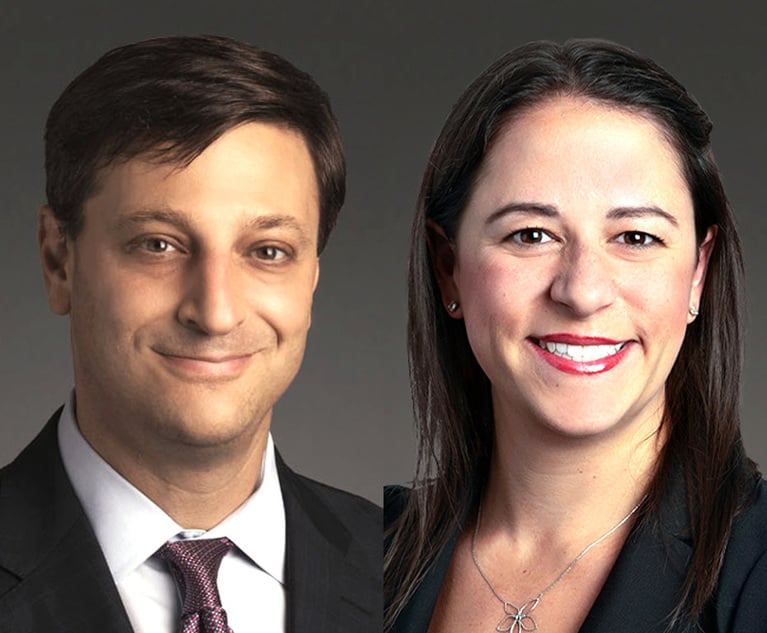To the casual observer, the term “money laundering” typically brings to mind a certain kind of criminal—maybe Pablo Escobar—who traffics in drugs and then “invests” the cash proceeds in a legitimate business—say, a laundromat—in order to “clean” his drug profits so they can’t easily be traced. This stereotypical kind of money laundering has been criminalized in the United States since the 1930s. But today money laundering takes many forms and can be found in unexpected places, including the fine arts and antiquities markets.
These markets have long been susceptible to money laundering: criminals used the proceeds of their crimes to buy valuable antiquities or pieces of fine art from dealers who did not ask questions about the source of the buyer’s funds or keep good records, if any at all, of the buyer’s identity; then, when the criminal resold the piece, they netted “clean” proceeds. (See generally, Financial Action Task Force (FATF), “FATF Report: Money Laundering and Terrorist Financing in the Art and Antiquities Market” (February 2023)).


 Paul Tuchmann, left, and Hannah Blonshteyn, right, of Wiggin and Dana. Courtesy photos
Paul Tuchmann, left, and Hannah Blonshteyn, right, of Wiggin and Dana. Courtesy photos




